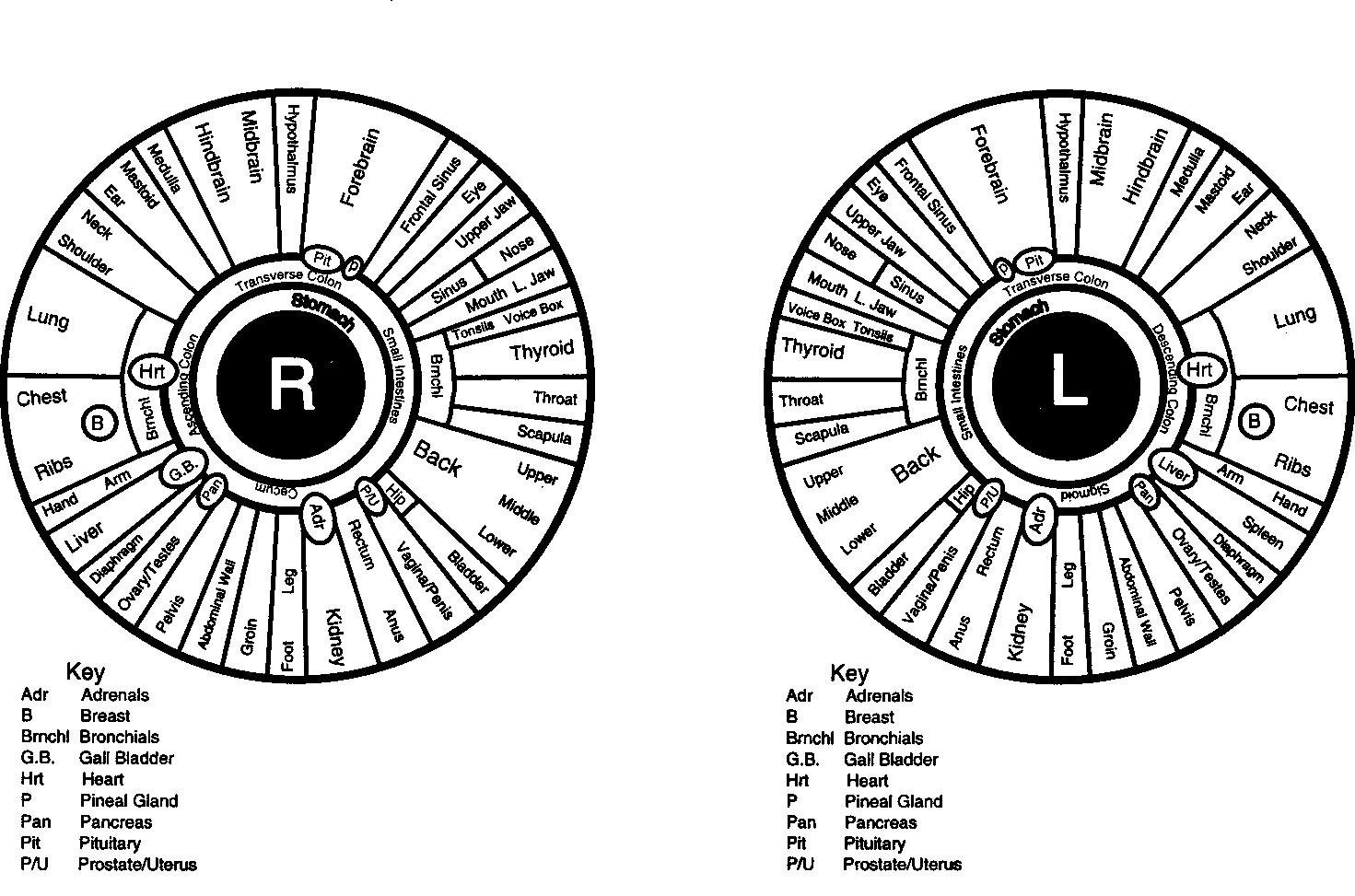Categorías de Producto
Jensen Iridology ¿Qué significa cambiar el color de los ojos?
Descripción general de la iridología y los cambios en el color de los ojos
Iridology es la práctica de estudiar el iris para obtener información sobre la salud general de una persona.. Si bien la medicina convencional no respalda ampliamente este método, Algunos creen que ciertos colores y marcas en el iris se corresponden con funciones corporales específicas o condiciones de salud. Dentro de iridología, Se cree que el color de los ojos indica ciertas disposiciones genéticas y tendencias de salud. Por ejemplo, Los iridólogos clasifican los ojos en tipos primarios como el linfático (azul), hematogénico (marrón), y mixto, cada tipo asociado con ciertas características de salud.
¿El color de los ojos realmente cambia??
El color de los ojos puede cambiar debido al envejecimiento natural, Cambios de salud, o factores ambientales. Sin embargo, Los iridólogos creen que ciertas prácticas de salud, como los cambios en la dieta y el estilo de vida, puede conducir a cambios sutiles en la pigmentación del iris. Por ejemplo, Algunas personas que siguen la desintoxicación o las dietas veganas informan que sus ojos parecen más claros o más ligeros con el tiempo, con algunos sugiriéndolo como una indicación de una mejor salud o función de órganos. Todavía, Es esencial recordar que cualquier cambio de color a menudo es gradual y puede que no ocurra para todos, particularmente aquellos con ojos marrones más oscuros, donde la pigmentación es generalmente más estable.
Lo que dicen los iridólogos sobre el color de los ojos y los indicadores de salud
Según el Dr.. Bernardo Jensen, un pionero en el campo, Los colores y los patrones de los ojos en el iris reflejan varios aspectos de salud. Por ejemplo:
- Ojos azules: Típicamente asociado con condiciones y sensibilidades linfáticas, tales como alergias o problemas respiratorios.
- Ojos marrones: Vinculado a la sangre y las afecciones circulatorias, así como una tendencia hacia las deficiencias minerales.
- Ojos mixtos (p.ej., avellana o verde): Considerado una mezcla, a menudo asociado con preocupaciones digestivas o función hepática.
Estas interpretaciones sugieren que los cambios en los patrones o el color del iris podrían indicar cambios en la salud o la desintoxicación.. Por ejemplo, Los tonos amarillentos o verdes en iris azules pueden sugerir problemas relacionados con el riñón o desequilibrios digestivos, por observaciones de iridología.
El papel de Maikong Co.LTD en el apoyo al análisis de iridología
Maikong ofrece herramientas avanzadas como cámaras de iridología y software, permitiendo a los profesionales capturar imágenes de alta resolución del iris para lecturas de iridología más precisas. El software a menudo admite múltiples idiomas, Garantizar la accesibilidad global para profesionales de la salud que utilizan productos Maikong.


Aquí hay una especificación de muestra para la cámara y el paquete de software de Iridology de Maikong:
| Característica del producto | Detalles |
|---|---|
| Resolución de imágenes | Captura de alta definición |
| Idiomas admitidos | 10+ lenguas |
| Informes disponibles | Análisis de salud, enfoque de órgano |
| Compatibilidad de software | ventanas, macos |
| Accesorios incluidos | Lente, fuente de luz, caso |

Preguntas frecuentes (Preguntas frecuentes)
- ¿Puede el color de los ojos indicar cambios de salud??
- Según los iridólogos, Ciertos cambios de color en el iris pueden reflejar ajustes de salud subyacentes, Aunque el respaldo científico es limitado.
- ¿Qué cambios en el color de los ojos son más comunes en iridología??
- En iridología, Los ojos azules pueden ganar tintes amarillentos o tonos verdes, posiblemente sugiriendo desintoxicación o estrés de órganos.
- ¿Puede el estilo de vida afectar el color de los ojos??
- Algunos afirman que las dietas, especialmente aquellos ricos en alimentos crudos o veganos, podría aclarar el color de los ojos. Sin embargo, Este cambio suele ser sutil.
- Las herramientas de iridología como la cámara de Maikong funcionan para todos los colores de los ojos?
- Sí, MAIKONG’s devices are designed to capture fine details in all eye colors, aiding in comprehensive iridology analysis.
For more information on how iridology tools can assist in health analysis, or to inquire about MAIKONG’s products, please reach out to us.
Asesor de venta : señora lucía |
Consultor de Ventas : señor marca |












